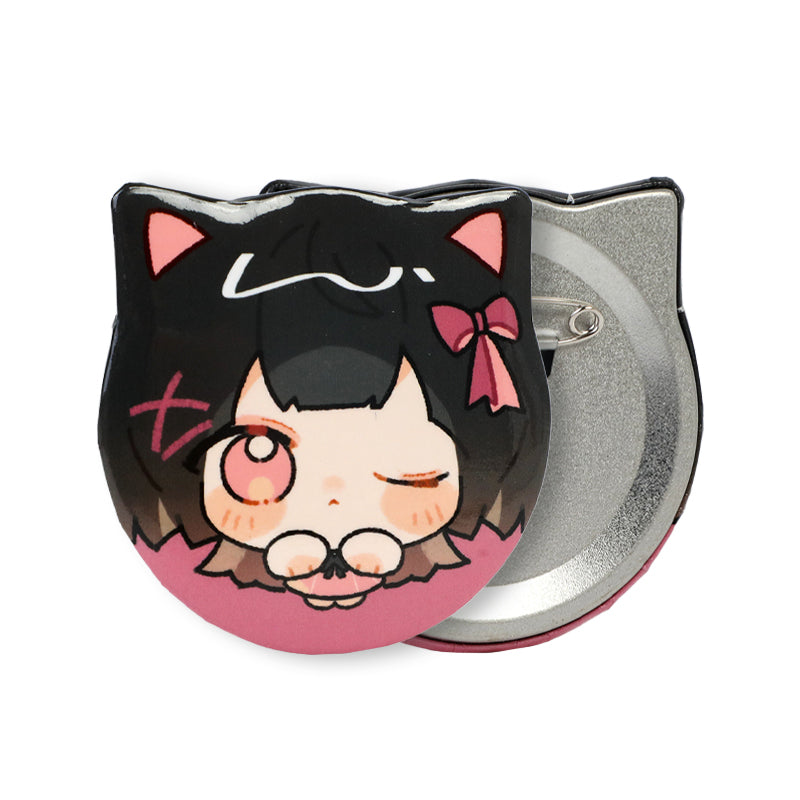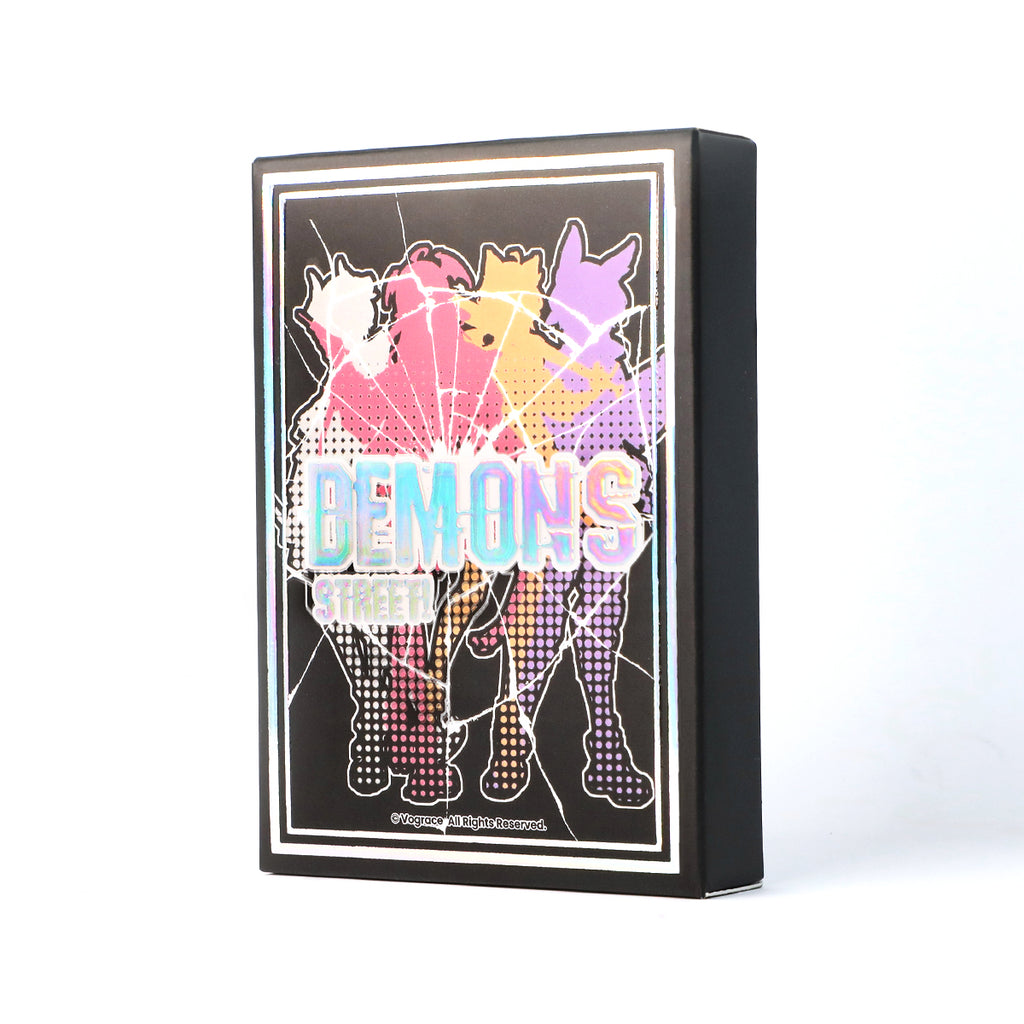Autocolantes Holográficos na Arte: Tela a Brilhar para Criatividade
A arte tem sempre sido uma tela para inovação e criatividade. Desde pinturas rupestres a obras-primas digitais, os artistas estão constantemente à procura de novas formas de se expressar. Uma dessas inovações que tem feito ondas no mundo da arte é o uso de autocolantes holográficos. Estas telas hipnotizantes e cintilantes oferecem um meio único e cativante para os artistas explorarem a sua criatividade. Neste guia abrangente, iremos mergulhar no mundo dos autocolantes personalizados na arte, explorando a sua história, aplicações e como os artistas podem usá-los para aprimorar o seu trabalho.
1: A Ascensão dos Autocolantes Holográficos na Arte
Autocolantes personalizados, com a sua aparência iridescente e tridimensional, capturaram a imaginação dos artistas nos últimos anos. Mas as suas origens podem ser rastreadas até ao século XIX, quando o físico húngaro Dennis Gabor introduziu pela primeira vez o conceito de holografia. Não foi até meados do século XX que a holografia se tornou uma ferramenta prática para a criação de imagens tridimensionais, preparando o terreno para o uso de materiais holográficos na arte.
No século XXI, os avanços na tecnologia de impressão e materiais tornaram os autocolantes personalizados mais acessíveis aos artistas. Hoje, estes autocolantes não são apenas usados para fins decorativos mas também como um meio versátil para a expressão artística.
2: A Versatilidade dos Autocolantes Holográficos
Os autocolantes holográficos são mais do que apenas decorações que chamam a atenção. Eles oferecem uma ampla gama de aplicações no mundo da arte:
- Arte Mista: Os artistas podem incorporar autocolantes personalizados em peças de arte mista, adicionando profundidade e dimensão ao seu trabalho. O contraste entre os elementos holográficos e os materiais artísticos tradicionais cria efeitos visuais impressionantes.
- Arte Digital: Os autocolantes personalizados podem ser digitalizados e incorporados em obras de arte digitais, dando aos artistas digitais acesso às texturas e qualidades visuais únicas da holografia.
- Colagem e Montagem: Os autocolantes personalizados podem ser usados na arte de colagem e montagem, proporcionando um elemento de surpresa e intriga à medida que os espectadores descobrem detalhes holográficos ocultos dentro da composição.
- Arte de Rua: Os artistas de rua abraçaram os autocolantes personalizados como uma forma de adicionar um toque de magia às paisagens urbanas. Estes autocolantes podem ser colados em paredes, sinais de rua e outras superfícies, criando momentos inesperados de maravilha para os transeuntes.
- Projetos de Arte Personalizados: Os autocolantes personalizados são altamente personalizáveis, tornando-os uma escolha ideal para projetos de arte encomendados. Os artistas podem criar designs holográficos personalizados para os clientes, adicionando um toque de exclusividade ao seu trabalho.
3: Criar Arte com Autocolantes Holográficos
Agora que explorámos as possibilidades, vamos mergulhar no processo criativo de usar autocolantes personalizados na arte:
- Escolher os Autocolantes Certos: Comece por selecionar autocolantes personalizados que correspondam à sua visão artística. Considere o tamanho, a forma e a cor dos autocolantes, bem como as suas propriedades adesivas. Alguns autocolantes são projetados para aplicações temporárias, enquanto outros são mais duráveis.
- Composição e Layout: Planeie a sua obra de arte cuidadosamente, considerando como os autocolantes personalizados interagirão com outros elementos na sua peça.
- Camadas e Profundidade: Uma das forças dos autocolantes personalizados é a sua capacidade de adicionar profundidade à sua obra de arte. Experimente sobrepor autocolantes para criar uma sensação de dimensão e movimento.
- Textura e Contraste: Os autocolantes personalizados podem introduzir textura e contraste à sua obra de arte. Use-os estrategicamente para atrair o olhar do espectador e criar pontos focais dentro da sua composição.
- Experimentação: Não tenha medo de experimentar com autocolantes personalizados. Tente cortar, rasgar ou remodelar os autocolantes para se ajustarem à sua visão artística. As propriedades refletivas da holografia podem levar a resultados inesperados e cativantes.
4: Preservar e Exibir Arte Holográfica
Preservar arte holográfica requer cuidados especiais para manter a sua vivacidade e longevidade:
- Emoldurar: Ao emoldurar arte holográfica, use vidro protetor UV para evitar desbotamento e deterioração. Certifique-se de que a obra de arte esteja montada com segurança para evitar deformações ou danos.
- Iluminação: A arte holográfica pode ser sensível à luz, por isso escolha um local apropriado para exibição. Evite luz solar direta ou iluminação intensa que possa causar reflexos e desviar a atenção do efeito holográfico.
- Limpeza: O pó e a sujidade podem diminuir o brilho da arte holográfica. Use um pano macio e sem fiapos para limpar suavemente a superfície, tendo cuidado para não arranhar ou danificar o material holográfico.
- Armazenamento: Se precisar armazenar arte holográfica, mantenha-a em um local fresco e seco, longe de temperaturas extremas e humidade. Considere usar capas ou mangas sem ácido para evitar danos na superfície.
5: O Futuro dos Autocolantes Holográficos na Arte
À medida que a tecnologia continua a avançar, o futuro dos autocolantes cortados à medida na arte parece promissor. Aqui estão algumas tendências a observar:
- Arte Interativa: Os artistas podem incorporar tecnologias de realidade aumentada (AR) e realidade virtual (VR) para criar experiências de arte holográfica interativas, permitindo que os espectadores interajam com a obra de arte de novas maneiras.
- Considerações Ambientais: Artistas e fabricantes estão explorando materiais holográficos ecológicos para reduzir o impacto ambiental da produção de arte holográfica.
- Colaborações: Espere ver mais colaborações entre artistas e fabricantes de autocolantes holográficos, ultrapassando os limites do que pode ser alcançado com este meio.
Conclusão
Os autocolantes holográficos trouxeram uma nova dimensão ao mundo da arte, oferecendo aos artistas uma tela cintilante para a sua criatividade. Desde as suas humildes origens na física até ao seu uso generalizado na arte contemporânea, estes autocolantes continuam a cativar tanto artistas como públicos. Quer seja um pintor tradicional, um artista digital ou um artista de rua, os autocolantes cortados à medida oferecem possibilidades infinitas para aprimorar o seu trabalho. À medida que olhamos para o futuro, é claro que os autocolantes cortados à medida continuarão a ser um meio dinâmico e emocionante no mundo da arte em constante evolução.































